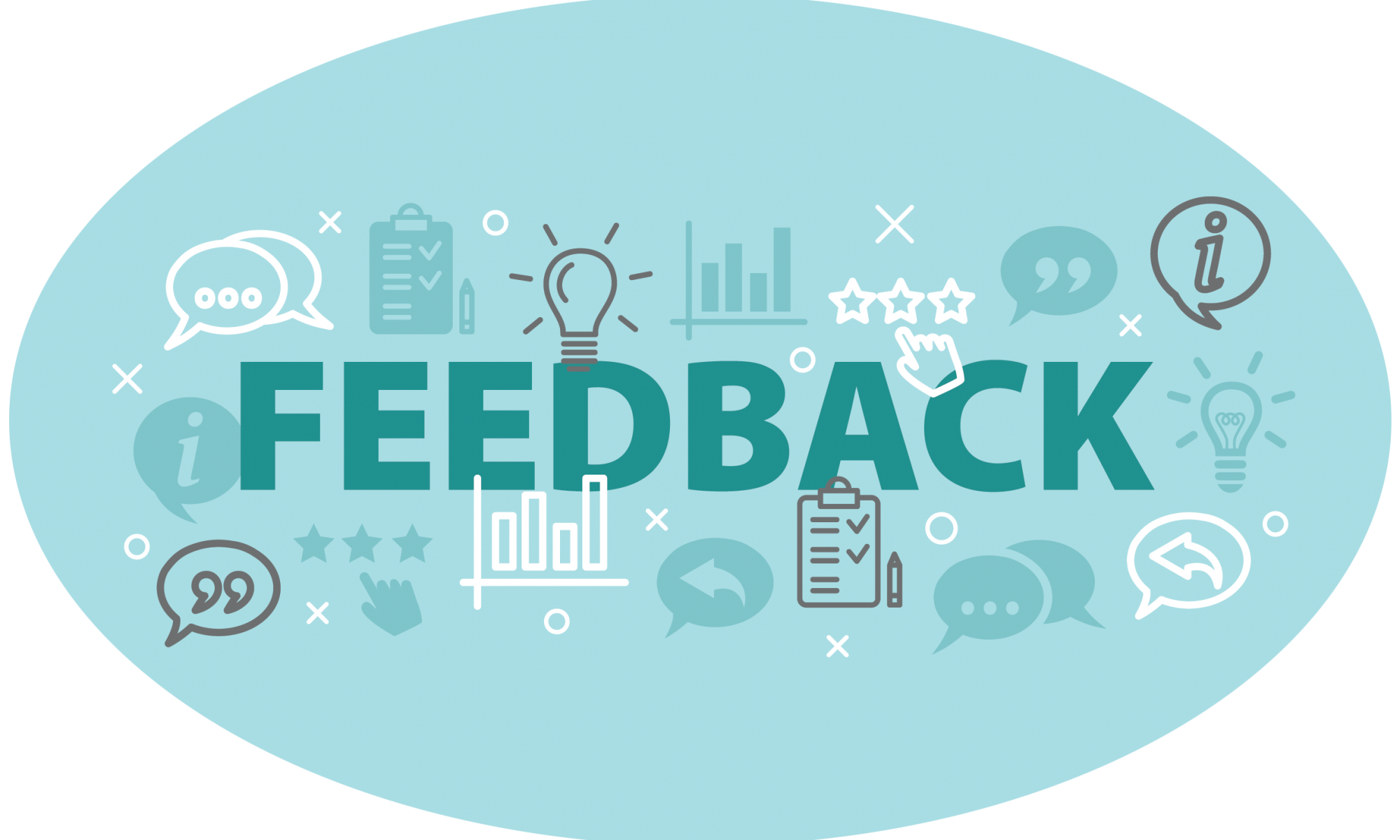You have undoubtedly heard the old trope, “Good students come to class.” The less frequently spoken second half of that saying is that, “poor students do not.” In your head you know this (and the research on the correlation between attendance and final grades bears this out) and in your heart you remember all the hours you have spent curating your content and crafting your lectures- Students shouldn’t miss this stuff. So, you decide to take attendance, whether through a paper sign-in system, electronic gadget, or the LMS’s Roll Call Tool. But, are you doing it for the students benefit or your own sense of hubris?
Continue reading “Why Are You Taking Attendance?”Canvas Release Notes Highlights: September 21, 2019
Canvas operates on a three-week release cycle through which features are added or updated; feature releases in the production environment take place on the third Saturday of every month. SUNY Geneseo’s EdTech team posts highlights from Canvas’s production release notes, a link to these notes, and other relevant content to our blog a few days before the production release, which usually occurs on Saturdays. Please contact the Canvas Support Team if you have any questions about an upcoming production release.
Continue reading “Canvas Release Notes Highlights: September 21, 2019”Faculty Incentives for Intersession 2020 Instruction and Course Development
The Office of the Provost is excited to announce two new incentives for instructors who teach online in Intersession 2020. These incentives are being offered with an eye toward expanding the range and consistency of Geneseo’s intersession offerings, especially in courses that department chairs and deans have identified as “bottlenecks” to student progress in degree programs.
Continue reading “Faculty Incentives for Intersession 2020 Instruction and Course Development”What is Instructional Design?

An internet search for What is Instructional Design? returns over 110 million results. The most relevant websites are hosted by colleges encouraging faculty to leverage the expertise of instructional design professionals. Perhaps you have a difficult time describing the value of Instructional Design. Let’s explore how instructional design can benefit your new and existing courses.
Continue reading “What is Instructional Design?”Canvas Release Notes Highlights: Summer 2019
Canvas operates on a three-week release cycle through which features are added or updated; feature releases in the production environment take place on the third Saturday of every month, beginning August 17. SUNY Geneseo’s EdTech team posts highlights from Canvas’s production release notes, a link to these notes, and other relevant content to our blog a few days before the production release, which usually occurs on Saturdays. Please contact the Canvas Support Team if you have any questions about the following changes made to the Canvas environment between May 2019 through August 2019. Click here to go directly to our notes on New Gradebook.
Continue reading “Canvas Release Notes Highlights: Summer 2019”#TechTipThursday: Interpreting attendance data in Canvas
Canvas includes many features designed to enhance the ease and efficiency with which faculty manage their courses. As their answer to the perennial question of tracking student attendance and participation in a course, Canvas built the “Attendance” tool into course navigation options. Learning how to use Canvas Attendance is not a daunting task. Interpreting the data it provides, however, can be challenging.
Continue reading “#TechTipThursday: Interpreting attendance data in Canvas”#TechTipThursday: Managing A Learner’s “I” Grade
As we approach the end of a semester in higher education, the teaching and learning environment frequently experiences renewed focus on academic achievement. Conversations revolve around the availability of extra credit, final exams or seminar presentations, and the seemingly never-ending hours spent studying or grading in far greater frequency in the latter half of a semester than the former. While these topics may play a role in the lives of many within the teaching and learning environment, there are countless influences on a learner’s ability to complete course requirements. “A temporary grade of ‘I’ (incomplete) may be awarded when a student has been unable to complete a course due to circumstances beyond his, her, or their control” (2018-2019 Undergraduate Bulletin, SUNY Geneseo). Prior to awarding an incomplete, learners and faculty should be aware of institutional policies surrounding the grade and are encouraged to consult SUNY Geneseo’s 2018-2019 Undergraduate Bulletin for more information; this post highlights Canvas-based considerations for faculty when awarding an “I” (incomplete) grade.
Continue reading “#TechTipThursday: Managing A Learner’s “I” Grade”Going Beyond SoFis, Soliciting Meaningful Feedback
Meaningful participation in the student feedback process can be difficult for some educators, making SoFis a bitter pill for any number of reasons. Perhaps students aren’t informed about what meaningful feedback looks like. Often students aren’t vested in the process or in providing serious feedback, sometimes because we don’t take the system seriously enough ourselves. Additionally, given the time of year, even when meaningful issues are raised we do not have the opportunity to course-correct and make impactful changes for those particular students. Given these observations one might think I was building a case for less solicitation of feedback instead of more. However, it is exactly for these reasons that I would suggest offering students an opportunity to provide more informal feedback throughout the semester. Doing so is not only a good, best practice but one of the best, best practices. Consider the added potential to increase the effectiveness of your teaching as well as provide a more positive SoFi experience for you and your students.
Continue reading “Going Beyond SoFis, Soliciting Meaningful Feedback”#TechTipThursday: Locating and Interpreting the Similarity Score for a Turnitin assignment
Turnitin is one of many digital tools available to enhance the teaching and learning environment at SUNY Geneseo. Commonly thought of as a plagiarism-detection utility, Turnitin compares a learner’s submission against documents in its database. Settings for comparison are determined by the professor and can be adjusted for each assignment. Faculty are not required to use this tool but those that opt-in have guidelines governing its implementation in a course.
Continue reading “#TechTipThursday: Locating and Interpreting the Similarity Score for a Turnitin assignment”#TechTipThursday: Audacious Audio
As we look for more ways to get our learners engaged with our their own education, we sometimes roam from the beaten track of text and into the realm of media creation. Podcasts, for example, can be an excellent means through which to give learners an opportunity to flex muscles they rarely use in academic pursuits. This can be a challenge that brings them (and us!) to new levels of learning. For some it can also be a source of unnecessary frustration if not guided to easily accessible and reliable tools to successfully complete the project. To help reduce that frustration this post introduces two, free, tools to help our learners craft quality audio.
Continue reading “#TechTipThursday: Audacious Audio”


